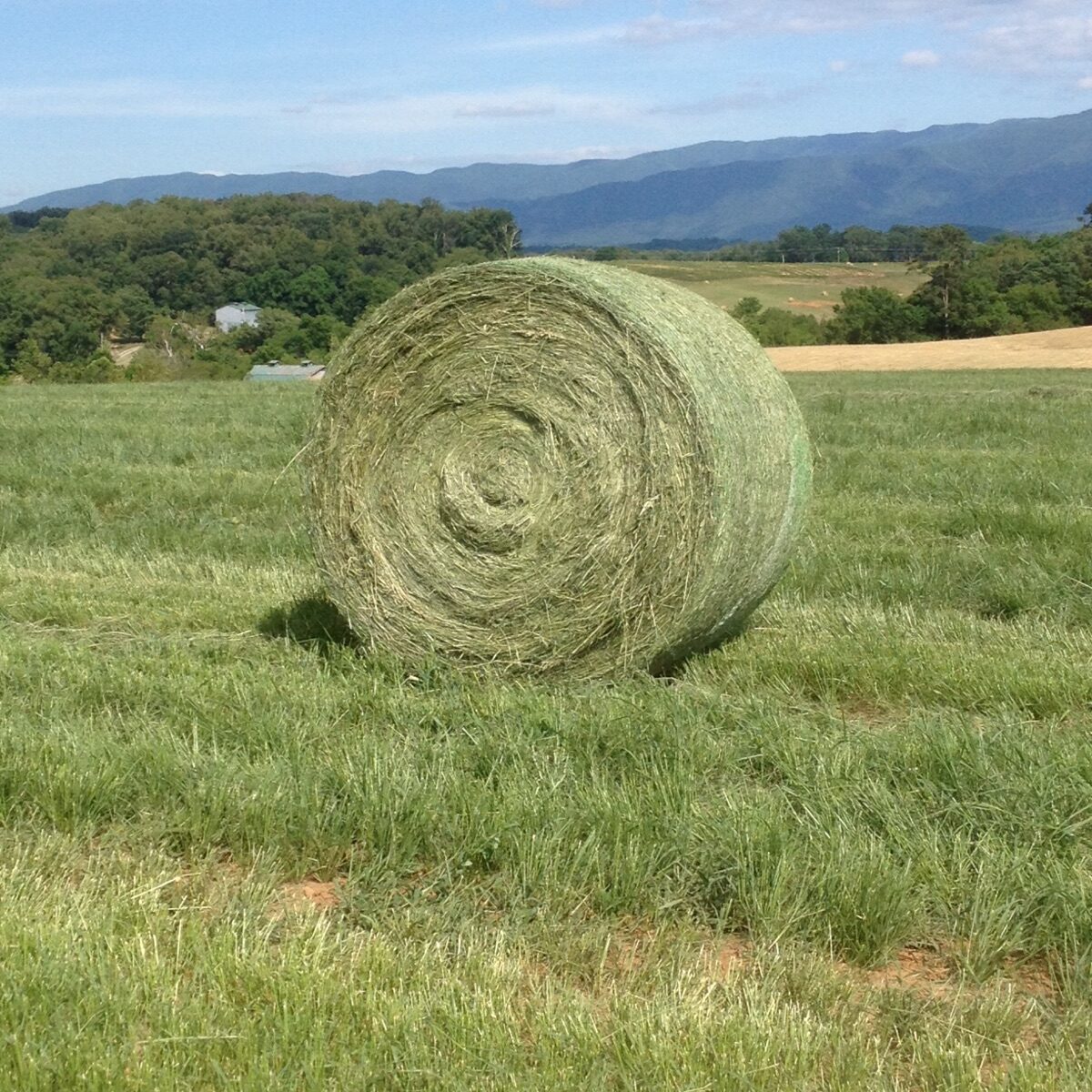

Dr. Katie Mason
Assistant Professor and Extension Beef Cattle Nutrition Specialist
Department of Animal Science
P: 865-974-8941
Originally published in Progressive Cattle magazine:
https://www.agproud.com/articles/60238-southeast-indicators-of-hay-quality
You may be familiar with the phrase, “if you don’t test, it’s just a guess,” a phrase that applies directly to hay quality. The only way to know the exact nutrient concentration of hay is to take a representative sample and have it analyzed by a lab. A forage analysis is a relatively inexpensive way to confirm hay quality and develop a subsequent supplementation strategy, which in the long run can save money on your feeding program. While a hay test is the only conclusive to know the nutrient content of a forage, there are some visual indicators of hay quality. These are not to be relied on as true “measures” of nutrient content but may provide some clues as to what “good” hay might look like and whether your cattle will benefit from eating it.
- Leafiness: The most digestible portion of a plant is the leaf. Plentiful leaves attached to stems will provide greater nutrients to the animal.
- Maturity: This is the number one determinant of nutritive value! Plants that are more mature have greater fiber content, meaning less digestible energy. Over-mature hay will contain many stems and seed heads.
- Odor: Sour or musty odors may indicate spoilage or the presence of mold. If it smells bad to you, it’s likely your cows won’t like it either.
- Color: Not necessarily a reliable indicator of quality! High-quality hay isn’t always “greener.” Color has more to do with the curing process than quality itself.
- Softness: Hay texture can influence intake. If the hay is brittle or “pokey,” cattle may consume less. This can also be an indicator of maturity.
- Purity: Pure hay, meaning little to no weeds are present, is more consistent in terms of quality, making it easier to feed and market. However, there is a place for mixed hay in livestock feeding. If toxic weeds are not prevalent in the hay, species is less of a concern when it comes to quality.
- Bale Condition: Uniform size and shape make for easier storage. Hay that has been properly stored will have less loss/wastage compared with hay that has been stored improperly.
- Contaminants: Look for toxic weeds, trash, dirt, and mold. These reduce feeding and economic value of hay.
Why is all this important in the first place? Matching hay nutrient content to the nutritional needs of cattle can be helpful in ensuring the most effective and economical supplementation strategy from a nutritional value standpoint. You know what they say about assuming… don’t guess, test!
For testing your hay in Tennessee, visit: https://soillab.tennessee.edu/